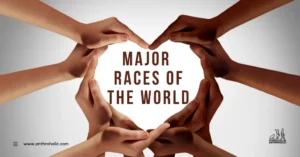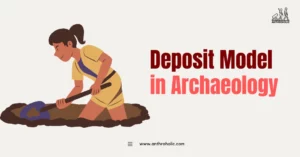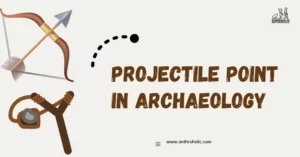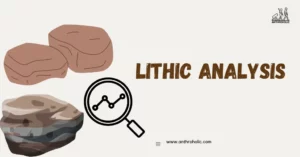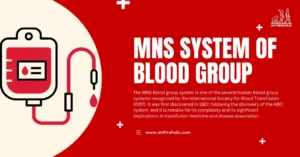AI Answer Evaluation Platform Live Now. Try Free Answer Evaluation Now

Shamanism
Shamanism, often characterized as the earliest form of spirituality, offers unique insights into the human quest for meaning, health, and connection with the natural world. This primal belief system, prevalent among hunter-gatherer societies and indigenous cultures, focuses on the Shaman—a spiritual mediator with the ability to traverse the physical and spiritual realms.


